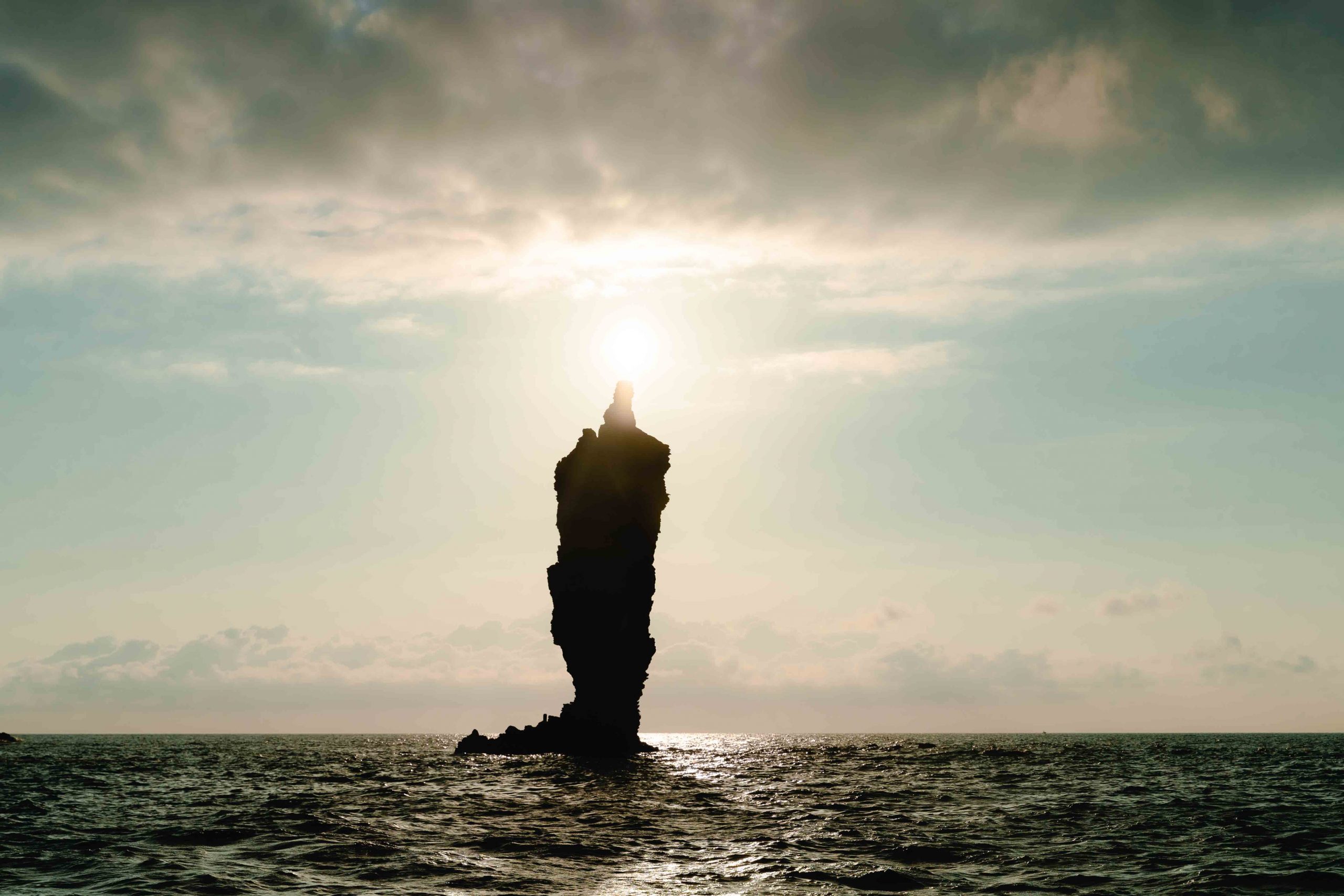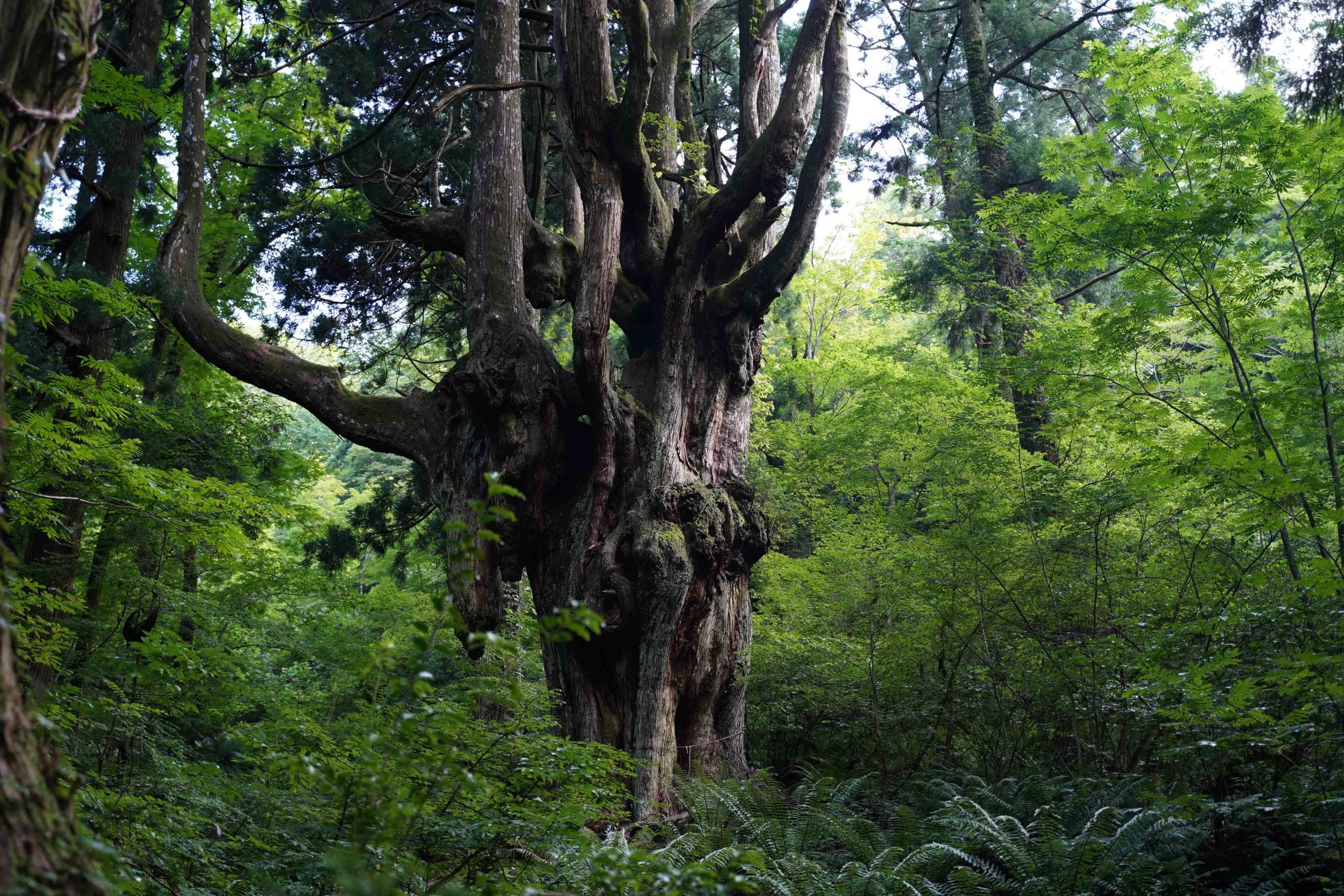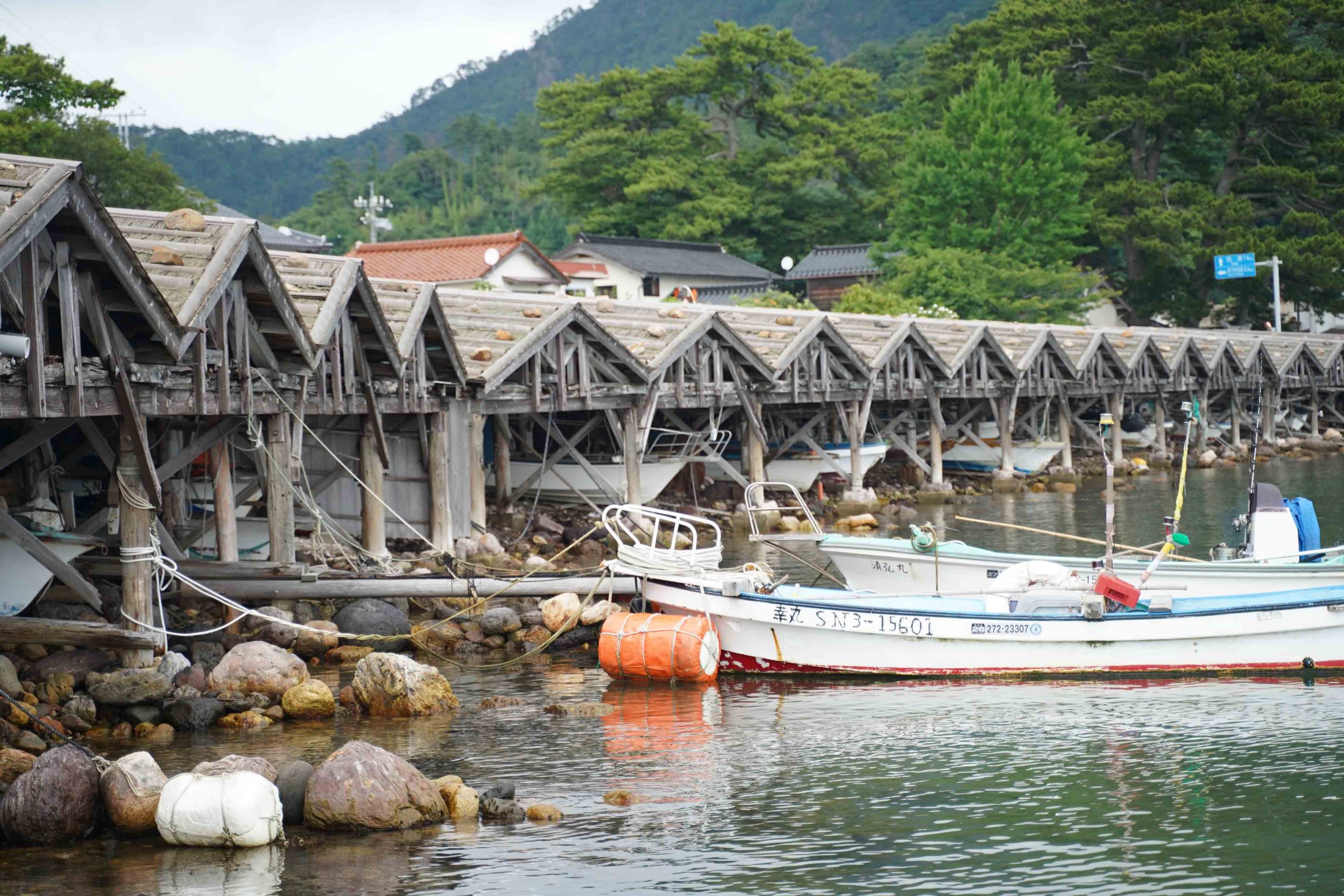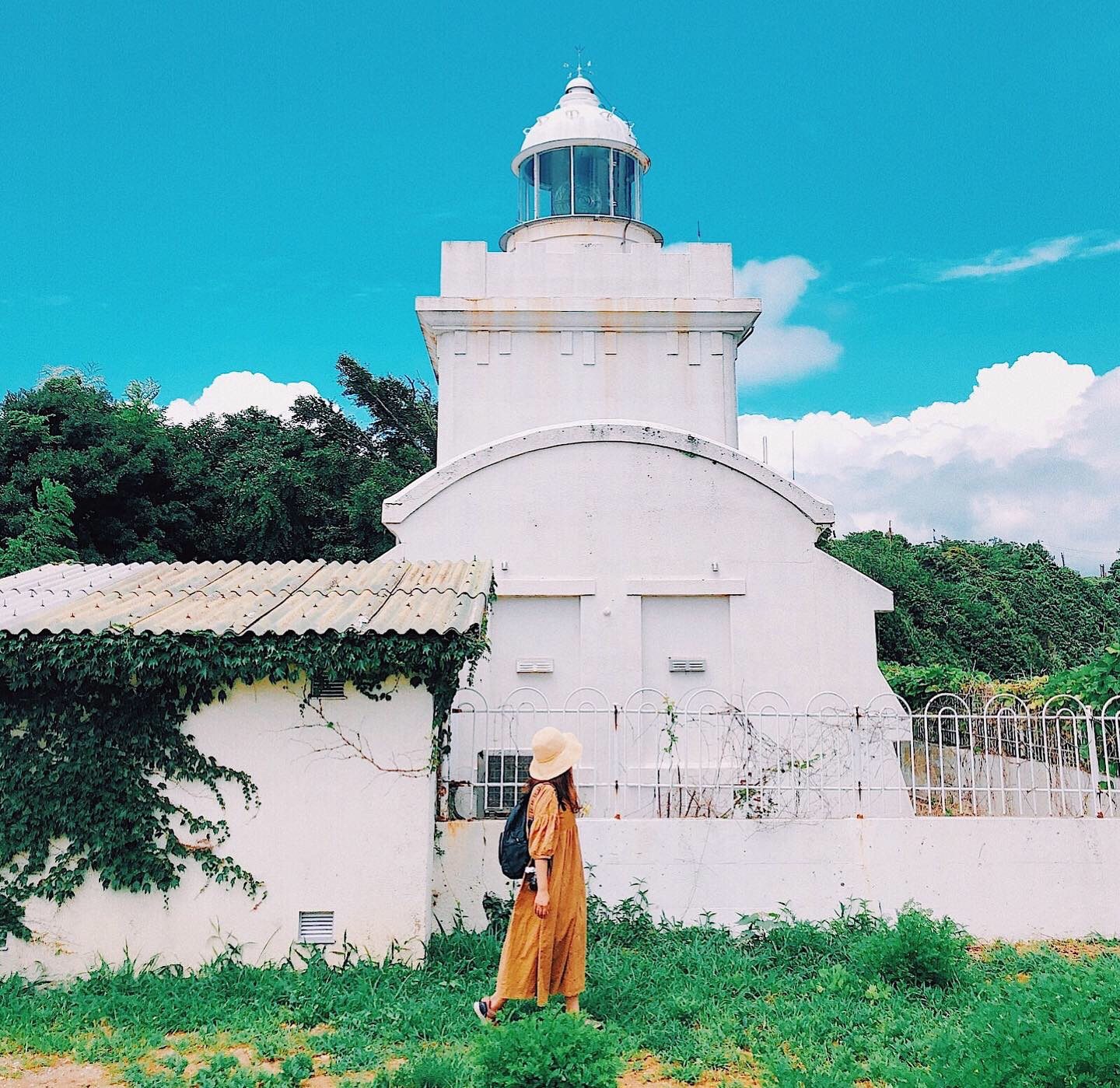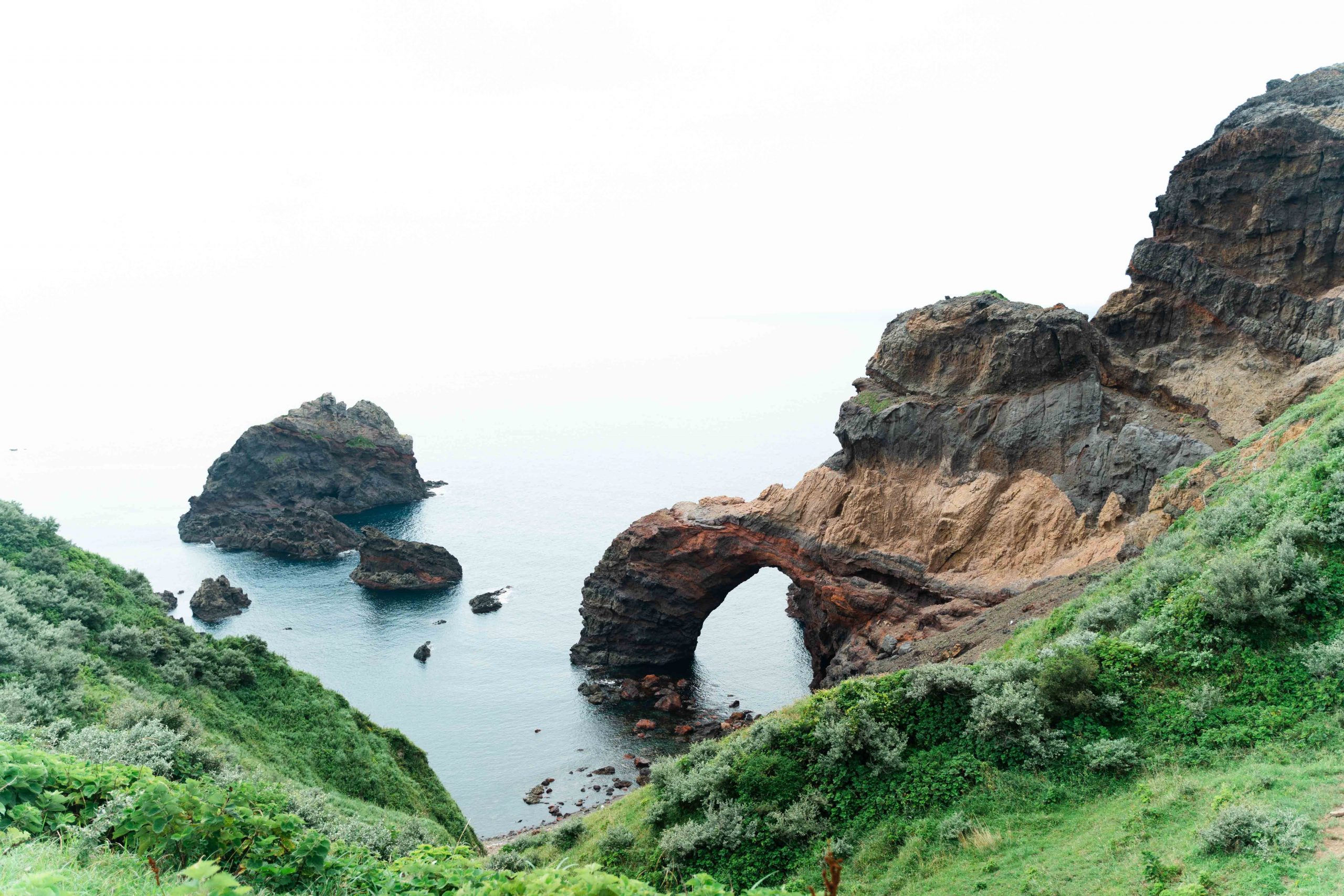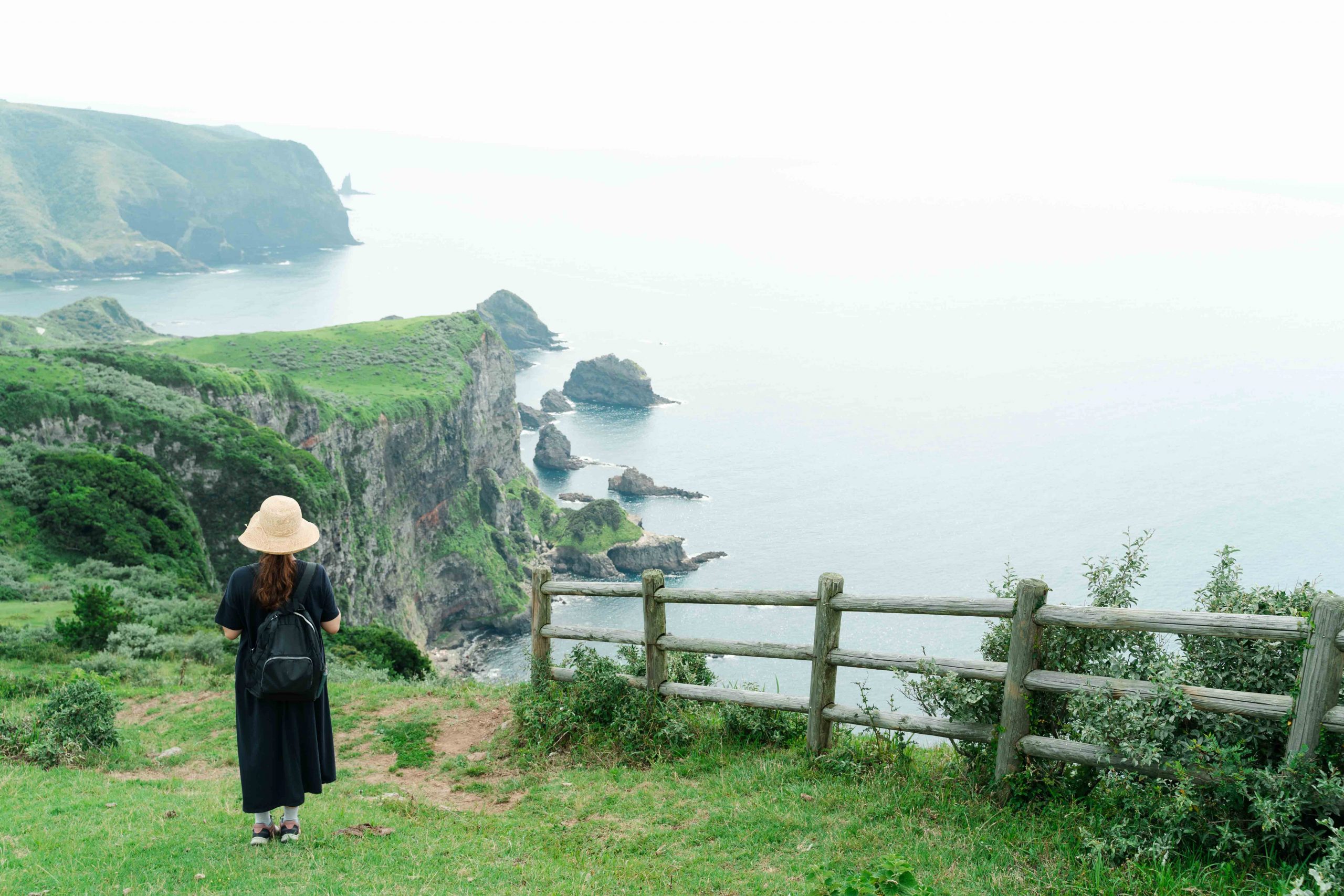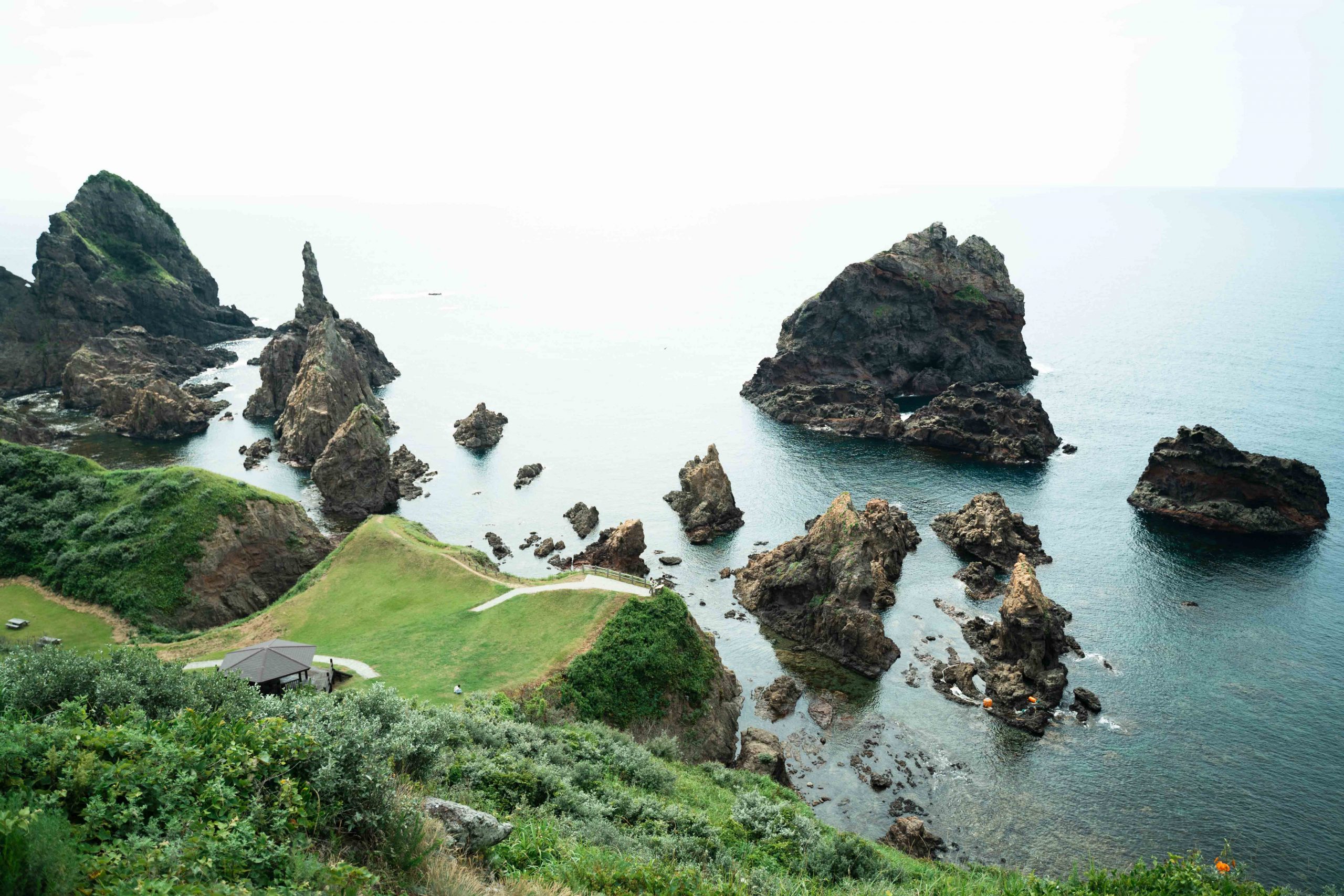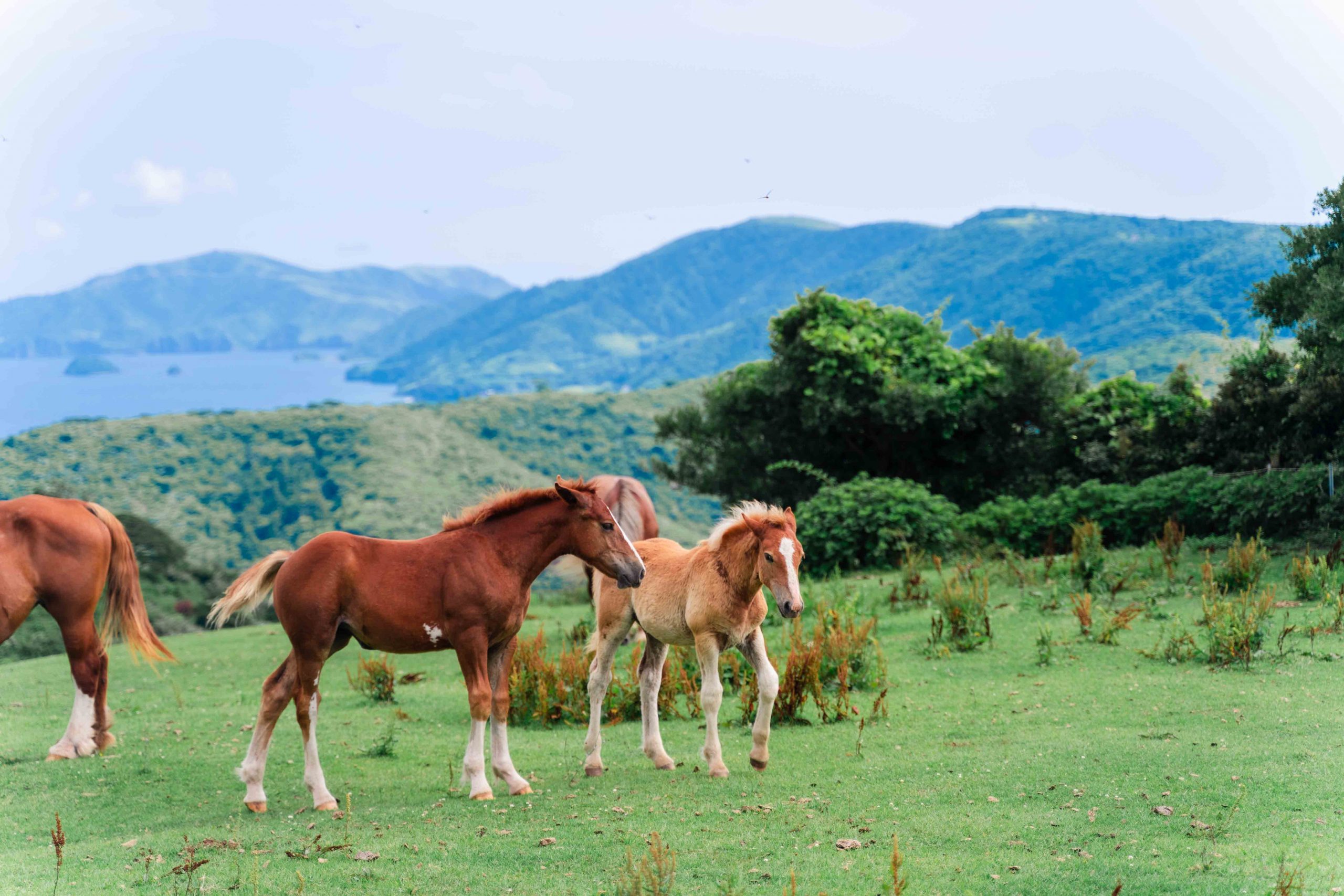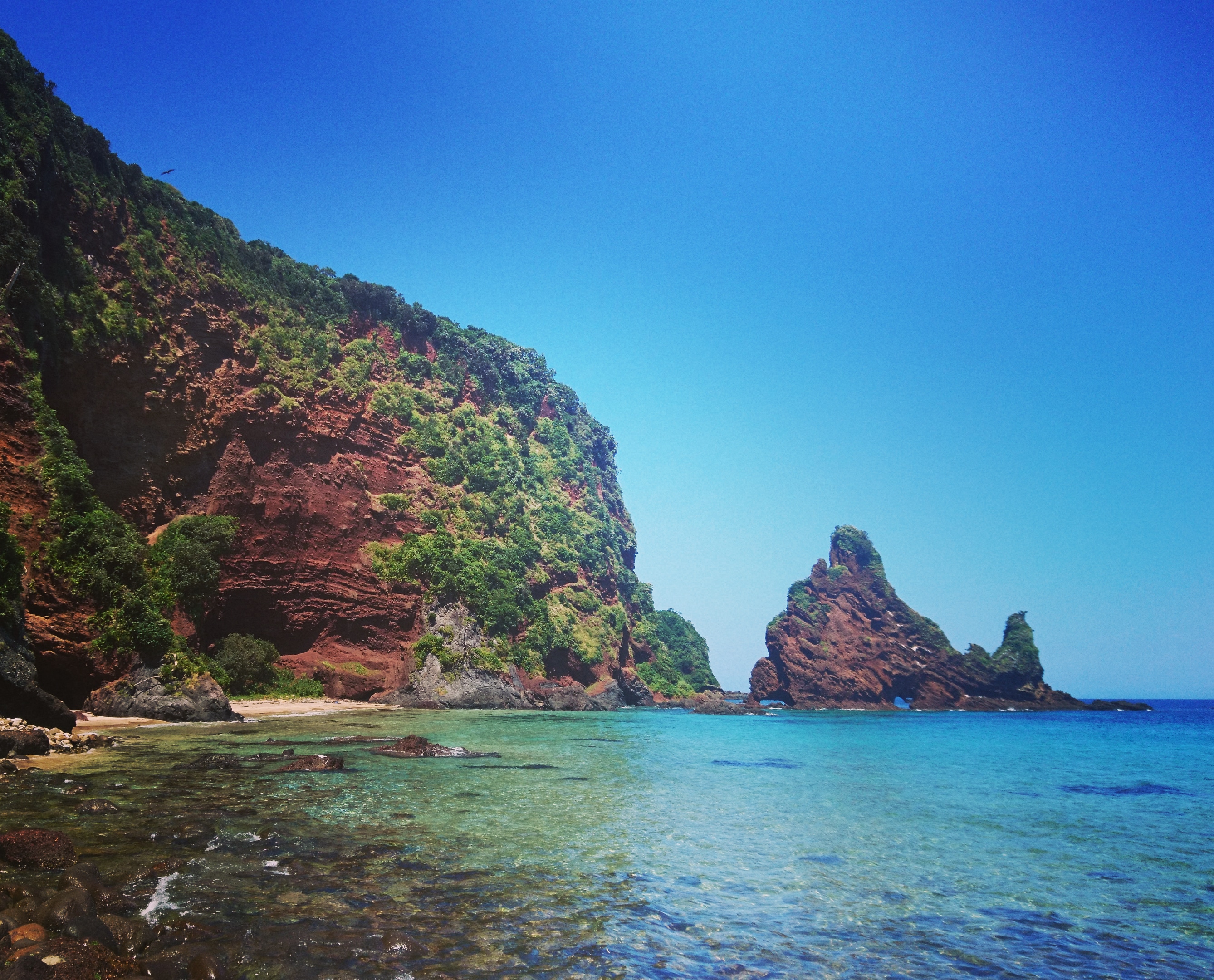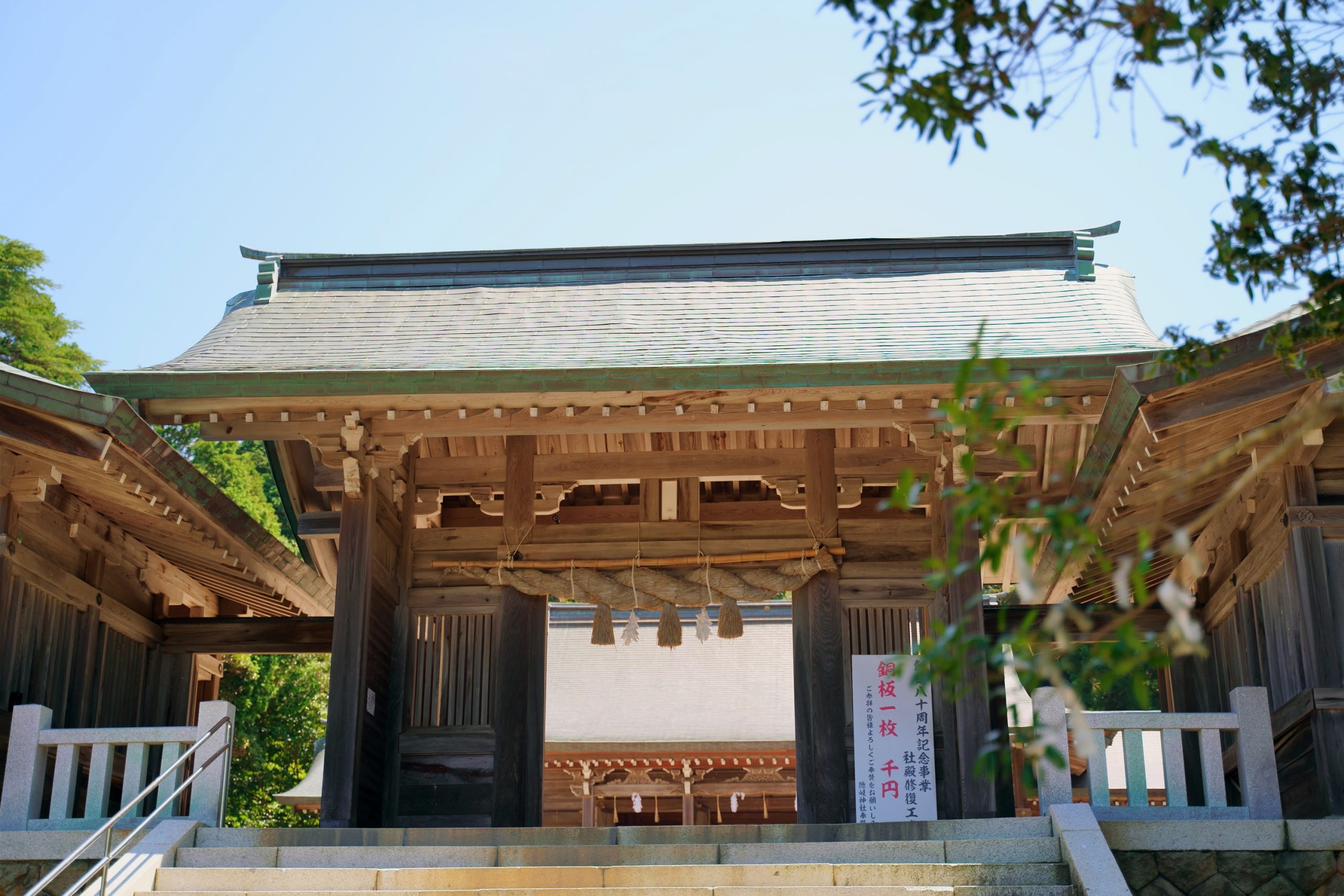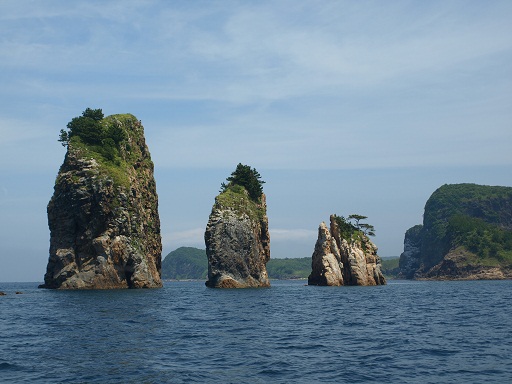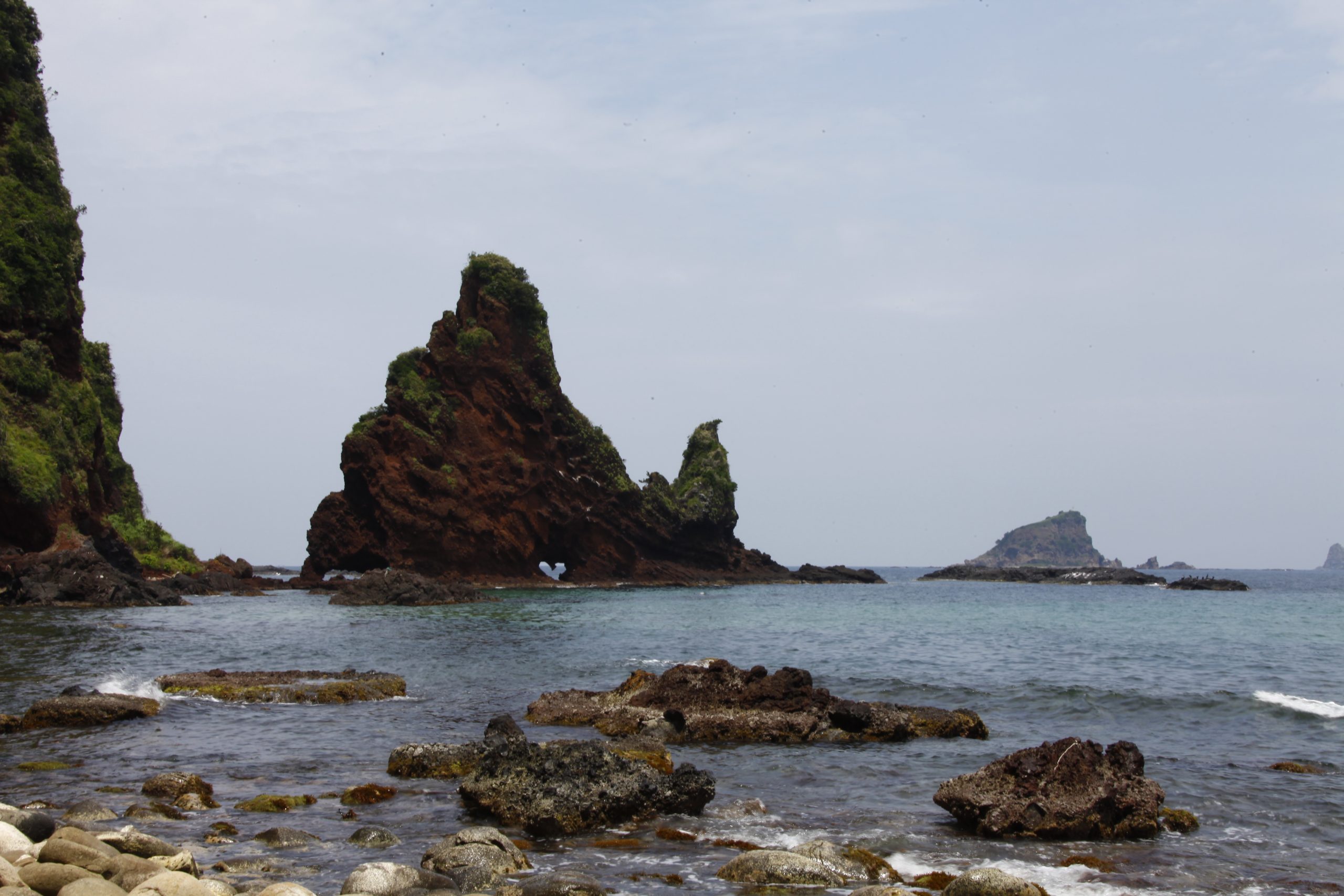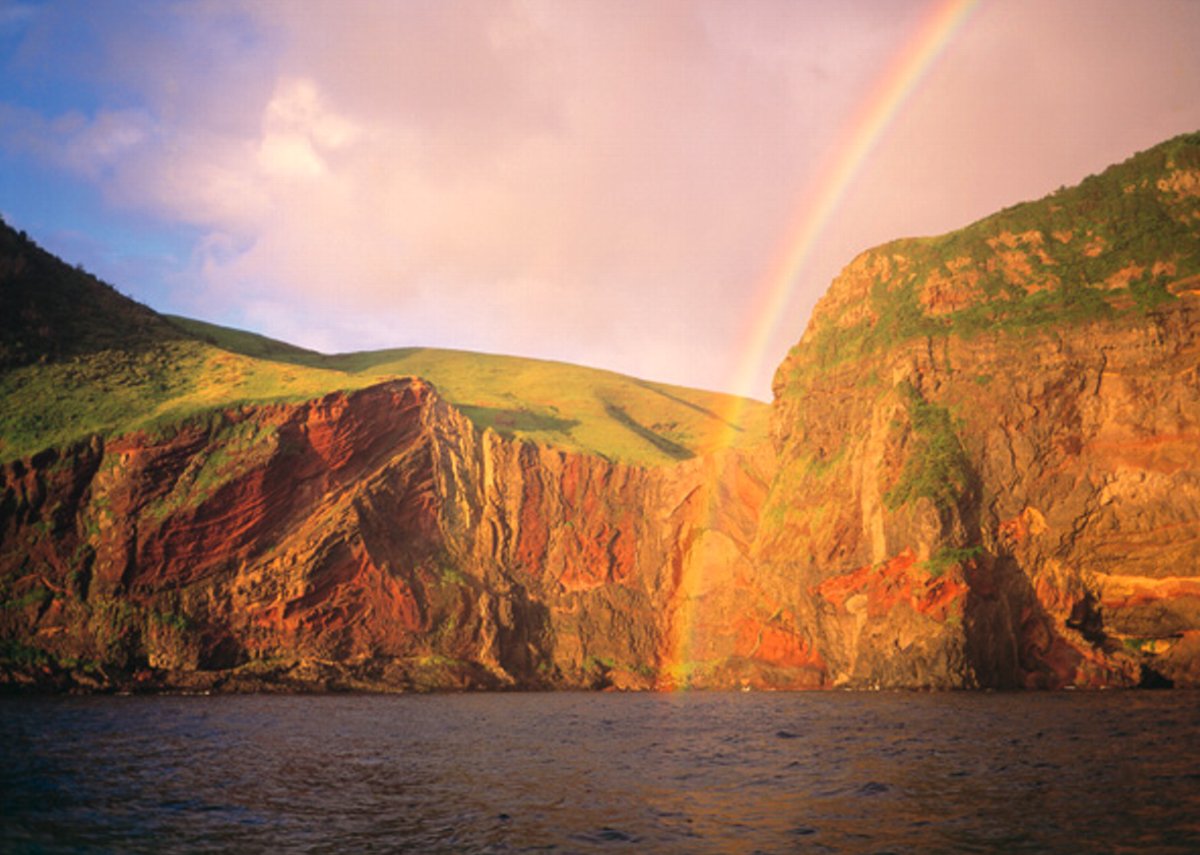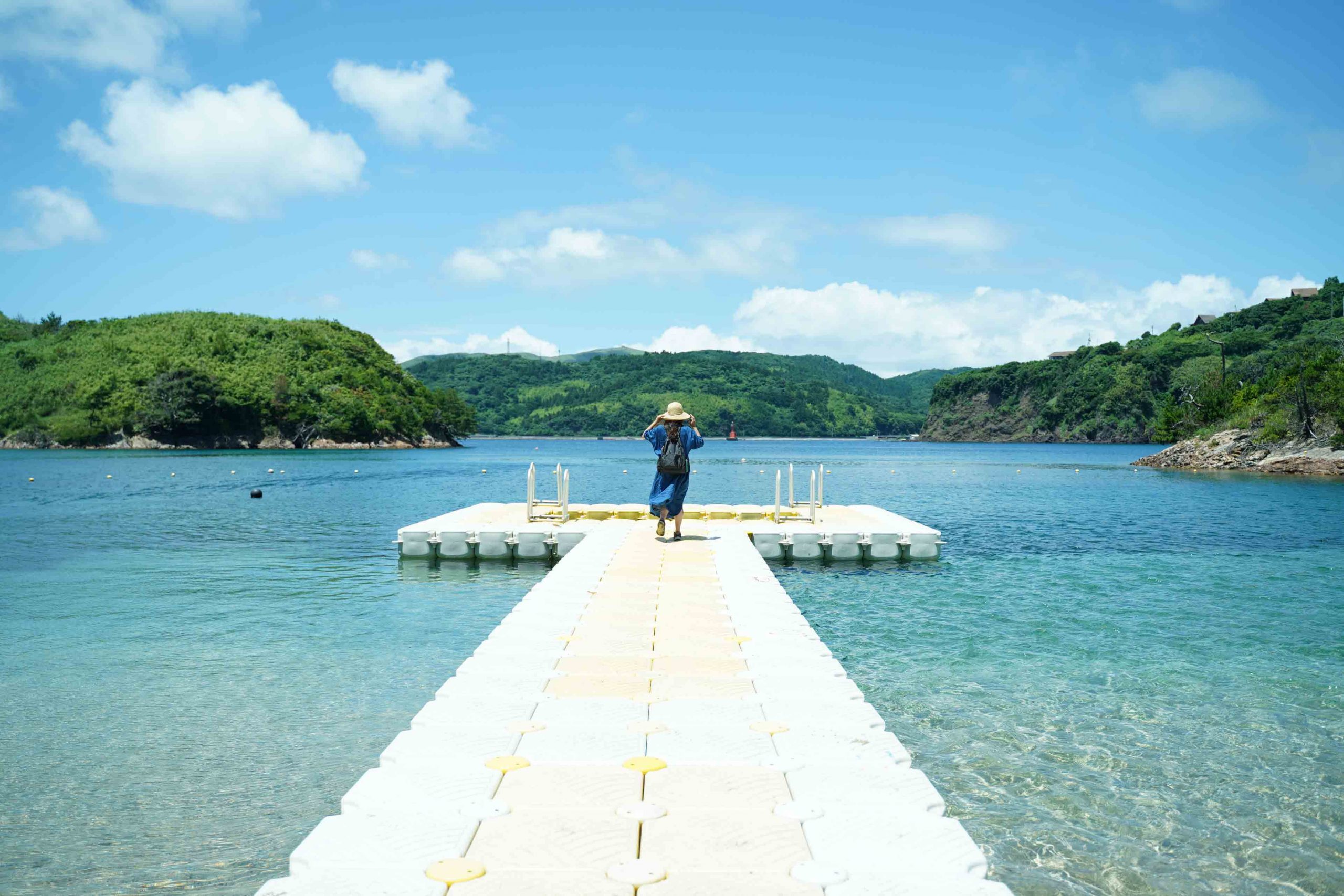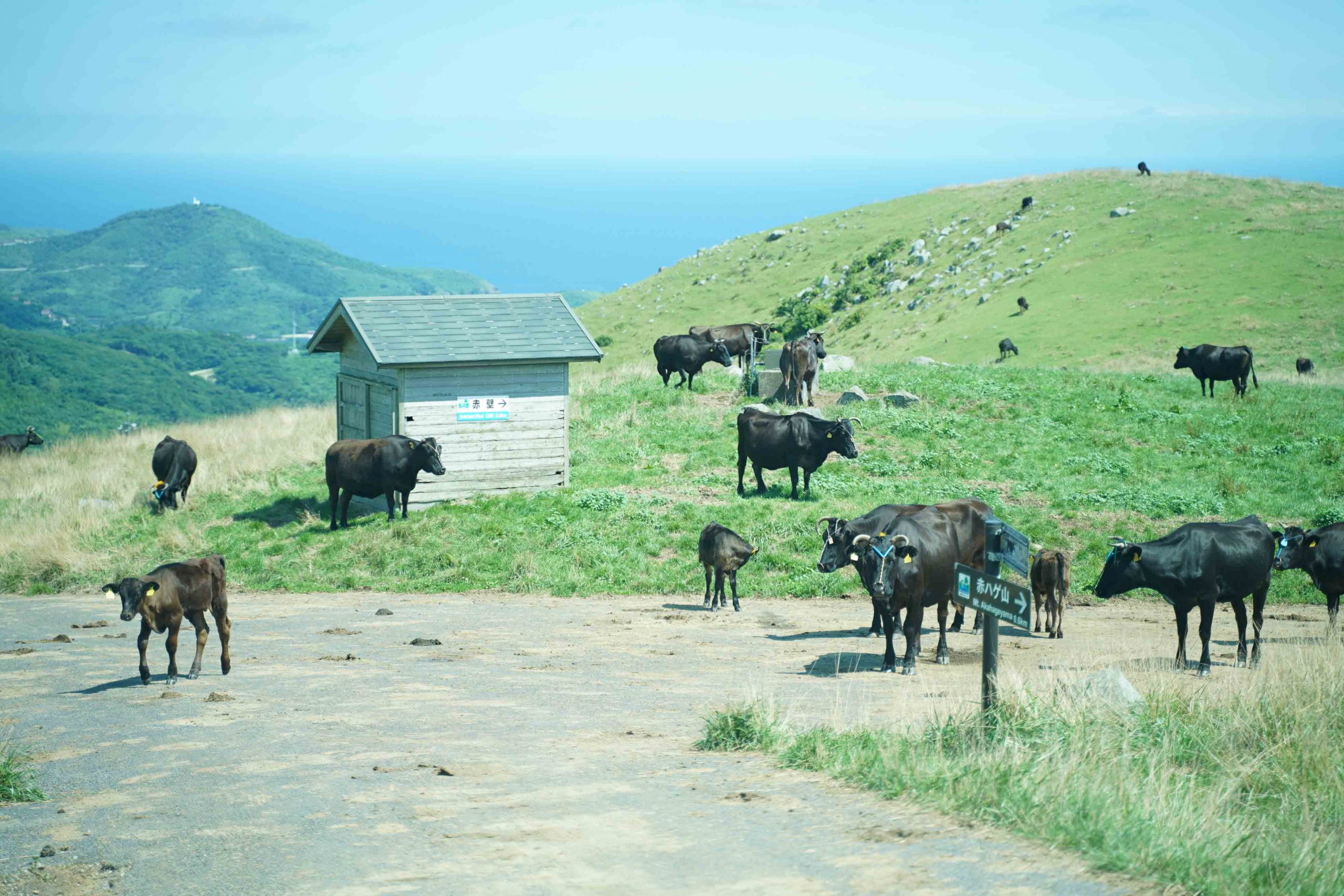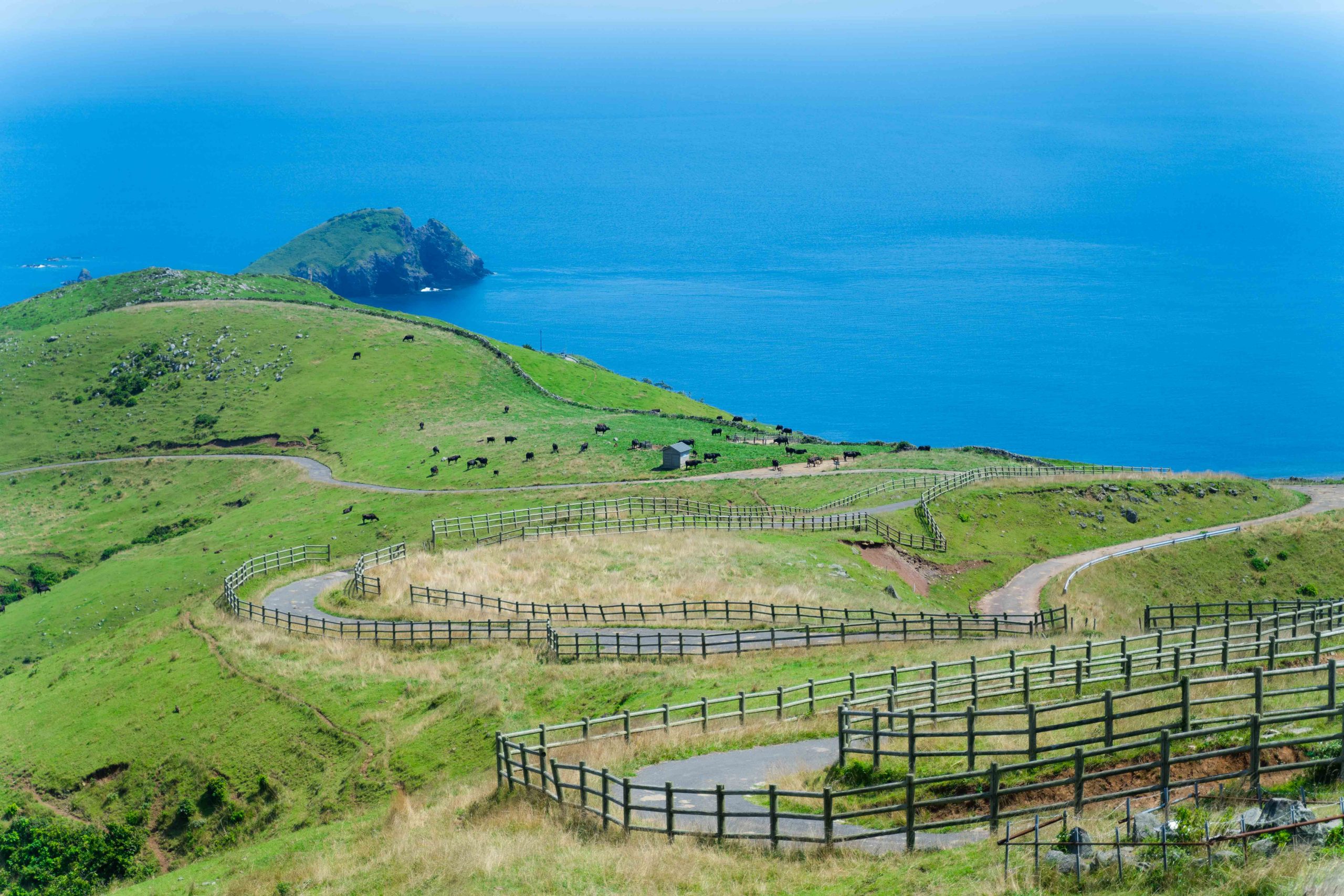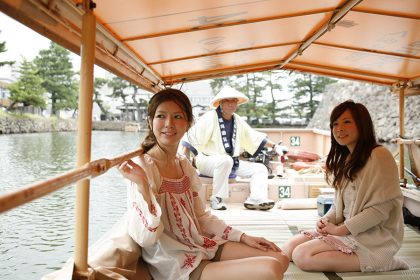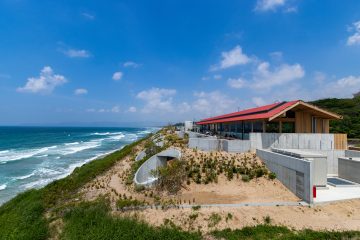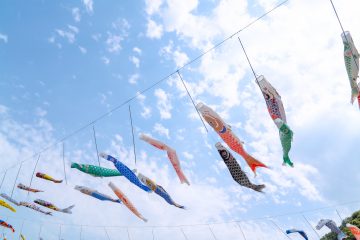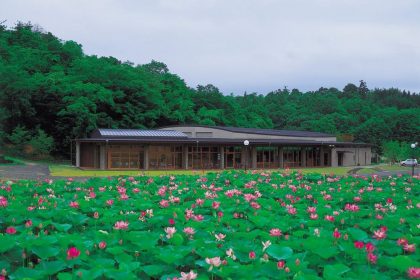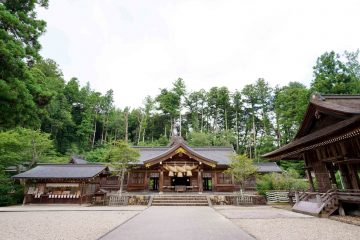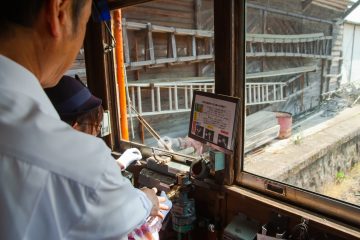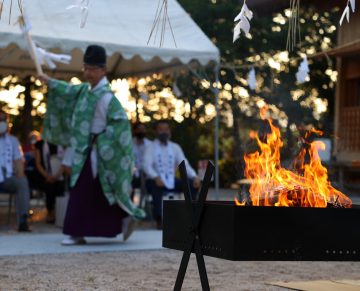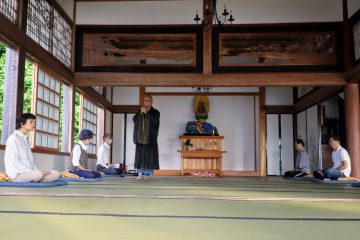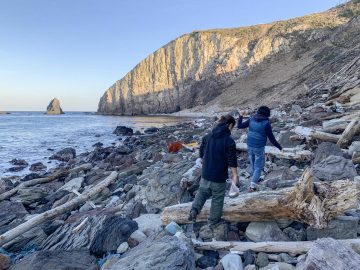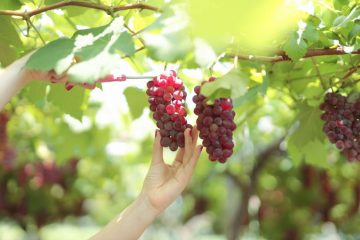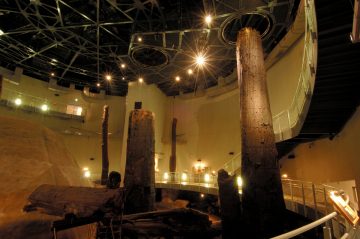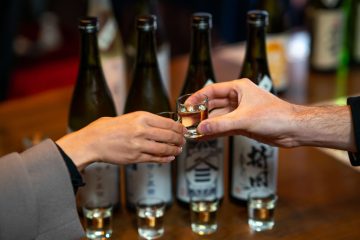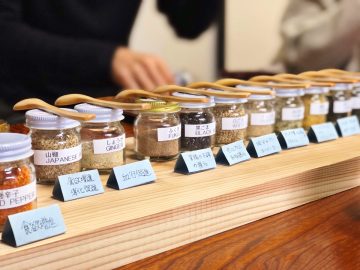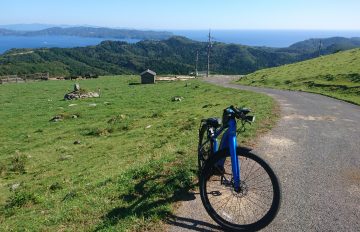UNESCO Global Geopark: Oki Islands
The Oki Islands is an archipelago located in the Sea of Japan 40-80 km north off the coast of the Shimane Peninsula. The Oki Islands are made up of around 180 islands with most of them permanently uninhabited except for four. The four permanently inhabited islands are Dogo, Nishinoshima, Nakanoshima, and Chiburijima islands. Each of them is made up of one town or village. The islands are split up into Dozen and Dogo, the former meaning “front islands” and the latter meaning “back islands”. Dozen consists of Nishinoshima Town on Nishinoshima Island, Ama Town on Nakanoshima Island and Chibu Village on Chiburijima Island. And Dogo is the biggest island and only consists of Okinoshima Town on Dogo Island.
There is evidence that obsidian, a type of volcanic rock, from the Oki Islands was excavated and traded throughout Japan from 30,000 years ago. During the Stone Age, obsidian, volcanic rock, was excavated and traded throughout Japan. During the middle ages, the islands were a place of exile for nobles like emperors Go-Daigo and Go-Toba because it was far away from the capital and yet wealthy enough for nobles to stay at. During the early modern period, they were a port of call for the kitamae-bune merchant ships that sailed the trading routes on the Sea of Japan. Ship sometimes had to stay here to wait out sea storms. The Oki Islands played significant roles throughout the different eras.
From a global perspective, the Oki Islands are an invaluable asset that provide glimpses of the formation of the Sea of Japan through its unique geological history, landscape and ecosystem.
The Oki Islands have been designated as a UNESCO Global Geopark since 2013 and are also part of the Daisen-Oki National Park.
For those who want to learn more about UNESCO Global Geoparks (UGGp), click here.
Dogo Island (Okinoshima Town)
The island is known for its abundance of nature with many unique plants and species inhibiting the island.
You can find vegetation usually found in Hokkaido (north of Japan) and in Okinawa (south of Japan) coexisting in the same place.
The island offers many types of outdoor activities, including fishing, sea kayaking, diving, trekking and cruising.
---------------------------------------------------------------------------------
For more information about the island and its activities, go check out the official tourism website of Oki Islands.
Nishinoshima Island (Nishinoshima Town)
The island was formed by volcanic activity, and within its dramatic landscape, you can find strangely shaped rocks along the coast, which are literally 'nature's works of art'.
Its dynamic landscape will definitely leave you in awe.
To fully enjoy the quintessential scenery of the Oki Islands, take the "Kuniga Coast Sightseeing Bus" to Matengai Cliff and then continue to Kuniga Bay and Akao lookout point.
---------------------------------------------------------------------------------
For other activities and experiences including fishing, night cruising and cycling, go visit the official tourism website of Oki Islands.
Nakanoshima Island (Ama town)
The town is blessed with rich resources such as an abundance of seafood and clean spring water. The spring water has been designated as one of the 100 cleanest waters in Japan by Japanese Ministry of the Environment.
There are many activities available such as guided cycling tours on electric mountain bikes and an Underwater Viewing Boat AMANBOW.
The several package tours might be the option if you want to connect with locals and learn their culture.
---------------------------------------------------------------------------------
For more details on the town, activities and accommodations, check out the tourism website of Oki Islands.
Chiburijima Island (Chibu Village)
Since the island is located closest to the main island of Japan, it acted as a gateway to the islands in the past.
Sekiheki (Red Cliff) is one of the symbolic spots on Chiburijima Island and attracts people for its spectacular view of the red cliff created by a volcanic eruption that features beautiful patterns and colors as you can see in the photo.
Why not hike the 325m tall Mt. Akahage, from where you can experience sweeping views of Dogo, the other Dozen islands and, on a fine day, Shimane Peninsula.
The fun fact about the island is that there are more wild racoon dogs than people who live on the island.
In fact, Chiburijima is the only island in the Oki Islands that has wild raccoon dogs because they are not native to the Oki Islands but were brought to Chiburijima.
---------------------------------------------------------------------------------
Go to the website for activities, accommodations and more detailed information of Chiburijima Island.
Access to the Oki Islands
Oki Airport is the only airport in the Oki Islands and it is located in Okinoshima Town (Dōgo Island). You can take non-stop flights operated by Japan Airlines (JAL) from Izumo Airport (Shimane Prefecture) and Itami Airport (Osaka) to the Oki Airport.
Ferries and a fast ferry Rainbow Jet (hydrofoil) operate from Sakaiminato Port (Tottori Prefecture) and Shichirui Port (Shimane Prefecture). Please check the latest timetable at the Oki Kisen Ferry Line website as it changes depending on the season and the fast ferry does not operate during the winter months. Prior booking is highly recommended if you wish to take the fast ferry Rainbow Jet.





















